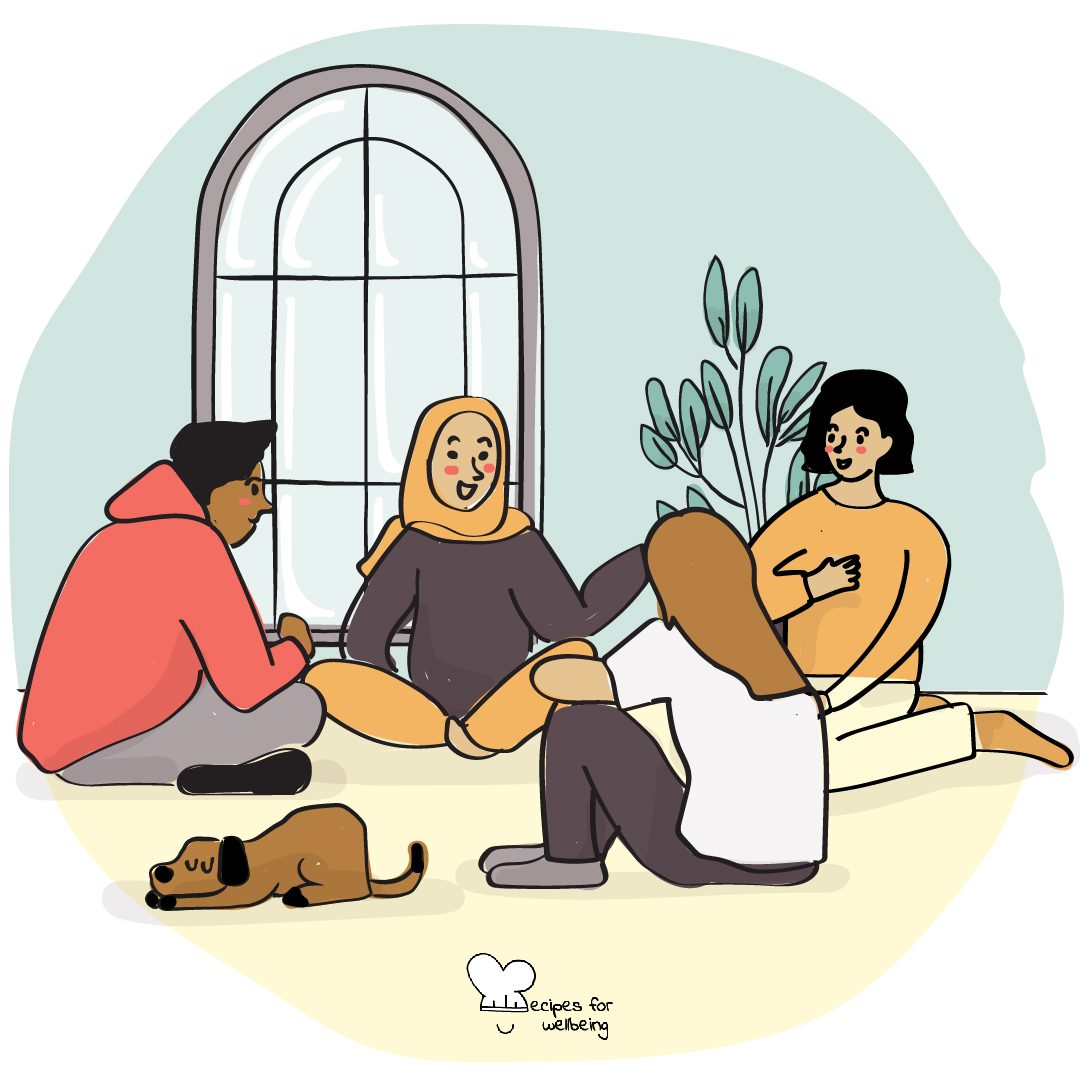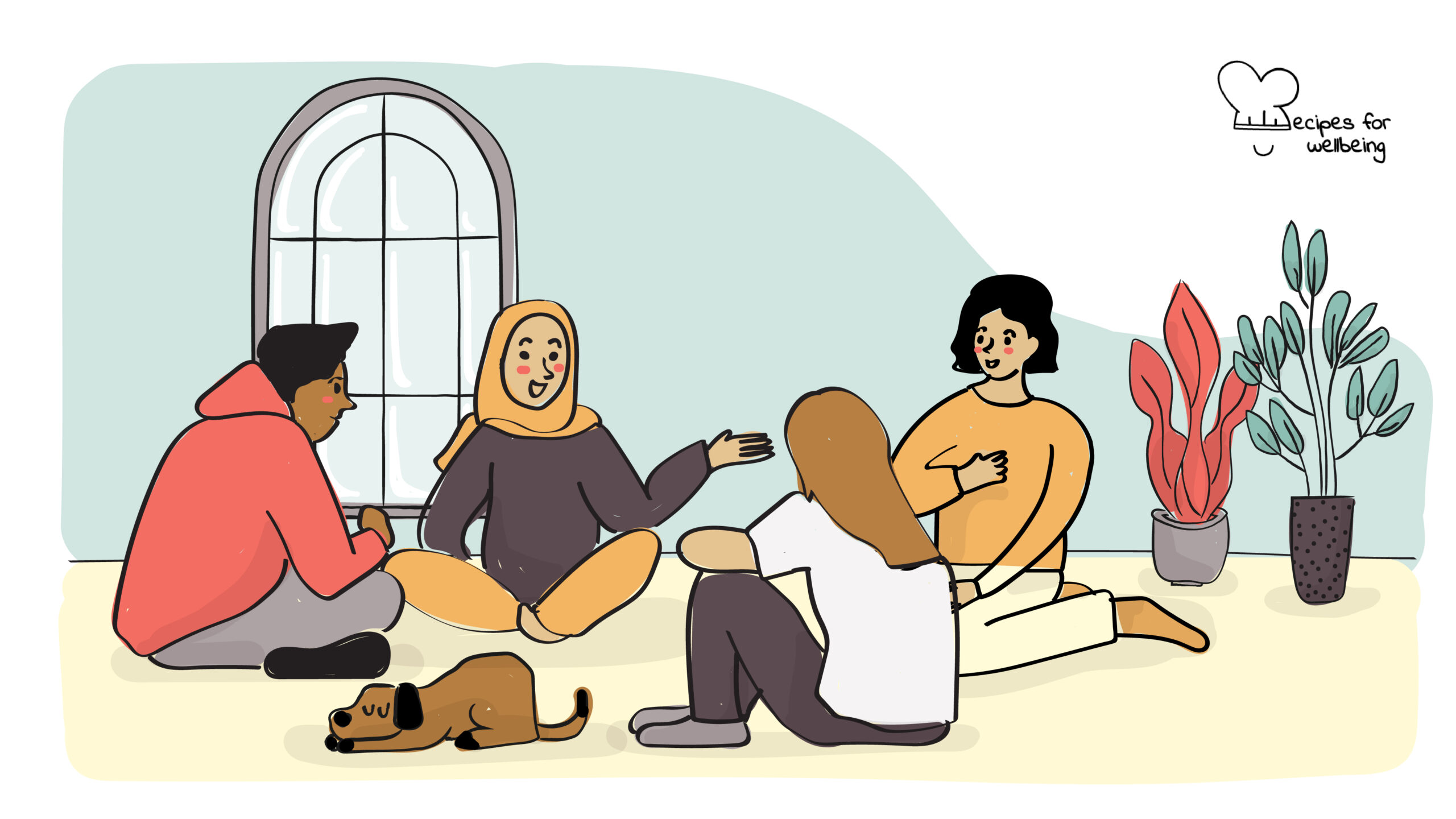
Wicked questions
If I had an hour to solve a problem and my life depended on the solution, I would spend the first fifty-five minutes determining the proper question to ask, for once I know the proper question, I could solve the problem in less than five minutes. ―Albert Einstein
👥 Serves: 11-25 people, 2-10 people
🎚 Difficulty: Medium
⏳ Total time: 31-60 minutes
🥣 Ingredients: Groups of 4-5 people, chairs for participants, openness, timer, sticky notes (2 per participant), pens (1 per participant)
🤓 Wholebeing Domains: Community, Discomfortability, Liberatory Learning
💪 Wholebeing Skills: Accountability, Agency, Challenging, Co-creation, Collaboration, Creativity, Curiosity, Framing, Inquiry

Wicked questions
📝 Description
A game to reframe your question in a more powerful one.
In our recipe “Organisations as inquiring systems”, we quoted the work of Eric E. Vogt, Juanita Brown, and David Isaacs who highlight the importance of asking powerful questions to “open the door to dialogue and discovery”. The following activity, adapted from the Art of Hosting, helps people transform their questions―in a playful way―into more powerful ones that allow them to dig into the deeper meaning of life and work that brought them together.
According to the creators of this game, the purpose is that every participant will leave the game with an improved version of their question they started the game with. It is also useful for participants to practise asking powerful ‘coaching’ questions that are open-ended, non-leading, non-judgmental and invite the question holder to dig deeper into their original question. By focusing on the question, rather than the answer, the question-holder will actually gain useful insights that will bring them closer to answering the question itself.
Where to use it? In situations where the full presence and contribution of each individual is required, e.g. community of practice meetings or network gatherings. Trainings also benefit highly from the game.
Where not to use it? In situations where there is a pre-set agenda because the diversity and personal involvement that the game produces might get into the way of the smooth implementation. Beware of situations in which people need a lot of safety and a very close container, because the nature of the game tends to open people and can feel quite challenging. Also be aware of the specific culture into which you position the game. In some contexts, people tend to ask questions only to demolish other positions or people, and the game might need some preparation before it can land well in such a place.
You can read the original guidelines here and find out more about the Art of Hosting at https://www.artofhosting.org.
👣 Steps
Step 1 – Preparation (10’)
The group starts sitting in a circle. Everyone receives a post-it (or slip of paper) and a pen. The facilitator introduces the purpose of the game (see description) and takes a few moments to clarify what constitutes ‘powerful questions’, e.g. open-ended, non-leading, judgement-free, possibility-focused questions. They then ask participants to write down a question that matters the most to them at this moment. The question does not need to be perfect, as the game will help them improve their question.
Step 2 – Split into groups (5’)
Once the question is formulated, split the large group into smaller groups of 4-5 people each.
Step 3 – Explain the roles (5’)
The people in the group will have a conversation to question the questions, focusing on the question of one participant at one given time. They may speak, however, only in question form. No statements allowed. If someone makes a statement, they will be asked: “What is the question behind your statement?” The facilitator gives a few examples of the types of questions they might want to ask in the game:
- Process questions: Who wants to start and read their question for us to explore? Do you want more of our questions or could we move on?
- Substance questions: What is the thing all about? What would happen, if this question were fully solved?
- Questions about the relationship of the asking person to their question: What makes you ask that question? What is the question you are avoiding by focusing on the one you did ask?
Step 4 – Ask questions (5’)
The first volunteer asks their question and if the question is good enough (e.g. open-ended, non-leading, non-judgmental, etc.), the game can start. If the question is not good enough, the participants can help the question holder to reframe it so that it is open-ended, non-leading, non-judgemental, etc. For instance, if the original question is something like “How can I be a better mother?” it is quite clear that there is some sort of negative judgment saying that right now the question-holder is not a good mother. A better way to reframe the question would be something like “How can I tap into my innate motherly wisdom?” At that point, set the timer to 5 minutes and the people in the group go around (including the question-holder themselves) asking powerful questions on the question. For instance: “How would you feel if you were able to answer this question?” or “What will be the impact on you and your loved ones?” or “What’s the quest behind the question?” etc. Alternatively, you can also not use a timer and allow each round to last as long as it needs, trusting the process and that everyone will gain something from the experience.
Step 5 – Repeat (20’)
Once the 5 minutes are up, repeat the process with another member of the group until everyone has gone (if they wish to, of course).
Step 6 – Harvest (15’)
The facilitator hands out a new post-it to each participant (preferably with a different colour than the first one) and asks participants to write down the new question that has emerged from the conversation. Invite participants to bring both post-its to a wall where one can see the questions that were asked before and after the game.
If you’d like to do a longer and more thorough harvest, you can invite people to have a conversation about their experience during the game, e.g. What did you learn about your question? How was it to ask powerful questions and not make statements?

